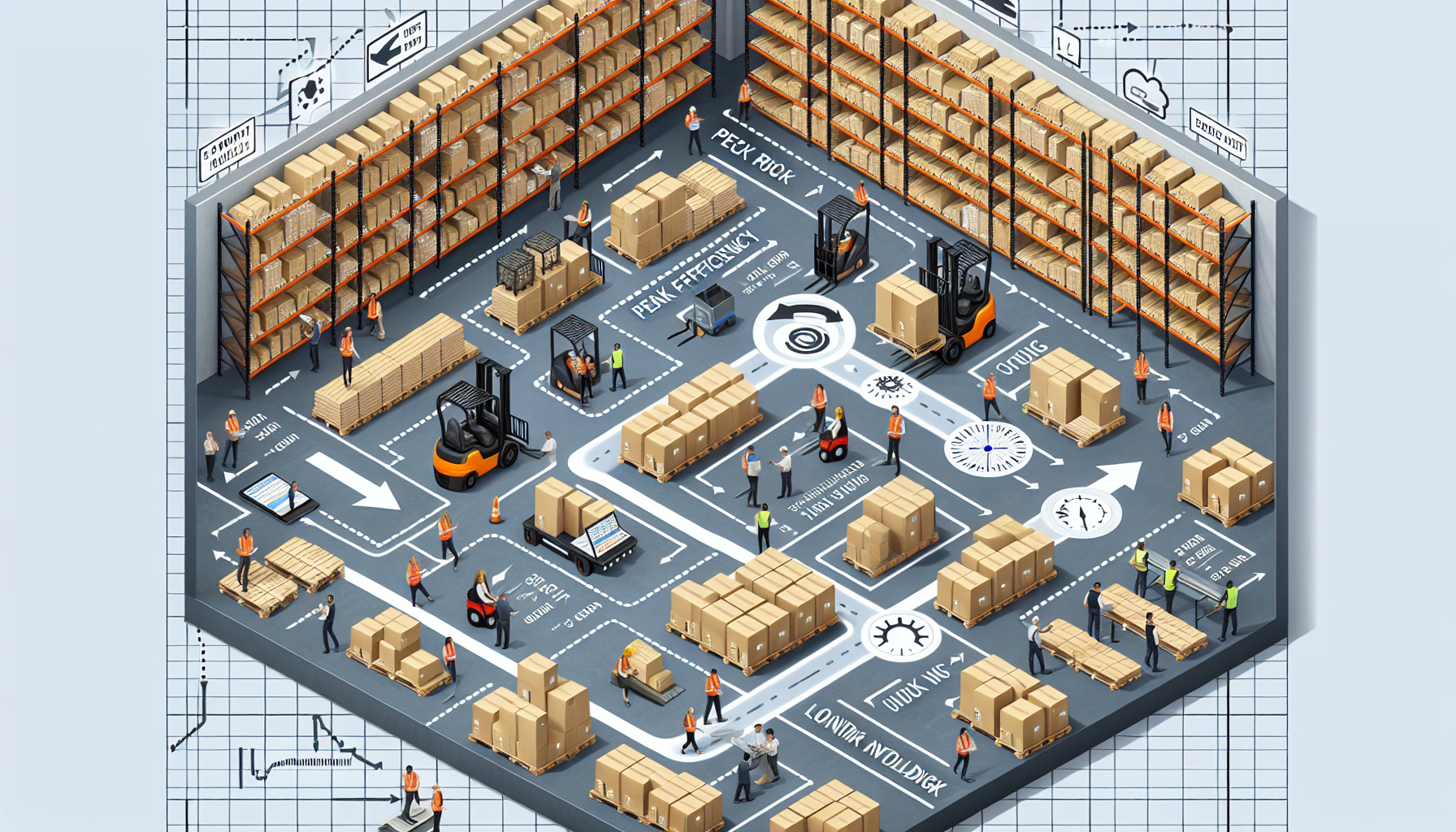When it comes to running a successful warehouse operation, having an efficient layout is crucial. A well-planned warehouse layout can improve productivity, enhance safety, optimize space utilization, and ultimately, save time and money. In this article, we will discuss how to plan your warehouse layout for peak efficiency.
Assess Your Current Warehouse Layout
The first step in planning for an efficient warehouse layout is to assess your current setup. Take a close look at the flow of goods, the positioning of equipment, and the overall layout of your warehouse. Identify any bottlenecks or areas of inefficiency that may be hindering your operations.
One effective way to assess your warehouse layout is by conducting a warehouse layout evaluation. This evaluation will provide you with valuable insights on how to improve your layout and make it more efficient. HCO Innovations offers a comprehensive warehouse layout evaluation service that can help you identify areas for improvement.
Optimize Space Utilization
One of the key factors in a well-designed warehouse layout is optimal space utilization. Making the most of the available space can maximize storage capacity and streamline the movement of goods. Here are some tips to optimize space utilization:
- Utilize vertical space: Install tall racks or mezzanine floors to take advantage of vertical space.
- Implement a slotting system: Organize products based on their velocity and size to minimize travel time and maximize storage efficiency.
- Consider cross-docking: If applicable, implement a cross-docking system to eliminate the need for intermediate storage.
Create Efficient Material Flow
The flow of materials within your warehouse has a significant impact on productivity. Designing an efficient material flow ensures that goods move smoothly from receiving to storage, picking, packing, and shipping. Here are some ways to create an efficient material flow:
- Implement a logical layout: Arrange storage areas, picking zones, and shipping areas in a logical sequence.
- Minimize travel distance: Position frequently picked items close to the packing and shipping zones to reduce travel time.
- Use technology: Invest in warehouse management systems (WMS) or automated conveyor systems to streamline material flow.
Prioritize Workplace Safety
Warehouse safety should always be a top priority. A well-designed warehouse layout promotes a safe working environment and reduces the risk of accidents. Consider the following safety measures:
- Create clear pathways: Ensure that aisles and walkways are clear of obstructions to prevent trip hazards.
- Proper signage: Use clear signage to indicate potential hazards, emergency exits, and safety protocols.
- Ergonomic considerations: Invest in ergonomic equipment and workstations to reduce the risk of injuries.
Continuously Monitor and Improve
Once you have implemented your new warehouse layout, it is crucial to continuously monitor its performance and make improvements as necessary. Regularly review your operations, gather feedback from your team, and make adjustments accordingly. This continuous improvement mindset will help you maintain peak efficiency in your warehouse.
In conclusion, planning your warehouse layout for peak efficiency requires a careful analysis of your current setup, optimizing space utilization, creating an efficient material flow, prioritizing workplace safety, and continuously monitoring and improving. By following these guidelines, you can create a warehouse that is not only productive but also cost-effective. Remember, HCO Innovations offers a warehouse layout evaluation service that can assist you in improving your warehouse’s efficiency. Take the first step towards a more efficient warehouse today!

